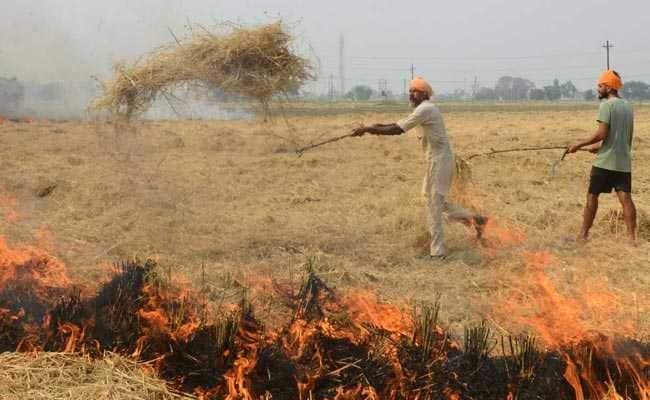The blanket of haze over Delhi continues to thicken with the national capital’s pollution levels increasing overnight by around 50 points, taking the overall air quality index to 459 on Friday morning.
A Supreme Court-mandated panel on Friday declared a public health emergency in the Delhi-NCR region and banned construction activity till November 5 as the air quality dipped to “severe-plus” levels and left citizens gasping for breath.
Environmental concerns have reached a choking point, quite literally, with this announcement. India remains woefully behind other parts of the world. In 2018’s Environmental Performance Index it ranked 177 out of 180. Dragged down particularly by its low score for air quality, it also does badly on other measures including biodiversity protection.
For example, attempts by various citizens’ groups to get the government to shift the Metro-3 rail depot from Aarey Milk Colony weren’t successful as 2,141 trees were axed in the forest to make way for the car shed.
For a country with global leadership aspirations, it could be a particularly embarrassing result – however over the course of its time in power, the Modi government has seemed intent on watering down India’s existing environmental protection laws, most likely to attract development. The latest edition of our print magazine explores this pertinent debate of development over the environment.
Meanwhile, in a letter to the chief secretaries of Uttar Pradesh, Haryana and Delhi, EPCA chairperson Bhure Lal said pollution touched “severe plus” levels early on Friday morning but came back to “severe” category later. According to official data, the overall Air Quality Index (AQI) at 1 pm on Friday was recorded at 480, which falls in the “severe” category.
An AQI between 0-50 is considered ‘good’, 51-100 ‘satisfactory’, 101-200 ‘moderate’, 201-300 ‘poor’, 301-400 ‘very poor’ and 401-500 ‘severe’. Above 500 falls in the ‘severe-plus emergency’ category.
Chief Minister Arvind Kejriwal has announced that all schools in the Capital will remain closed till Tuesday. “Delhi has turned into a gas chamber due to smoke from crop burning in neighbouring states. It is very imp that we protect ourselves from this toxic air. Through pvt & govt schools, we have started distributing 50 lakh masks today. I urge all Delhiites to use them whenever needed,” Kejriwal tweeted.
He said the smoke emanating from stubble burning in Punjab and Haryana causes pollution in Delhi. The share of stubble burning from Punjab and Haryana in Delhi’s pollution rose to 46% on Friday, the highest this year, said government agency SAFAR.

